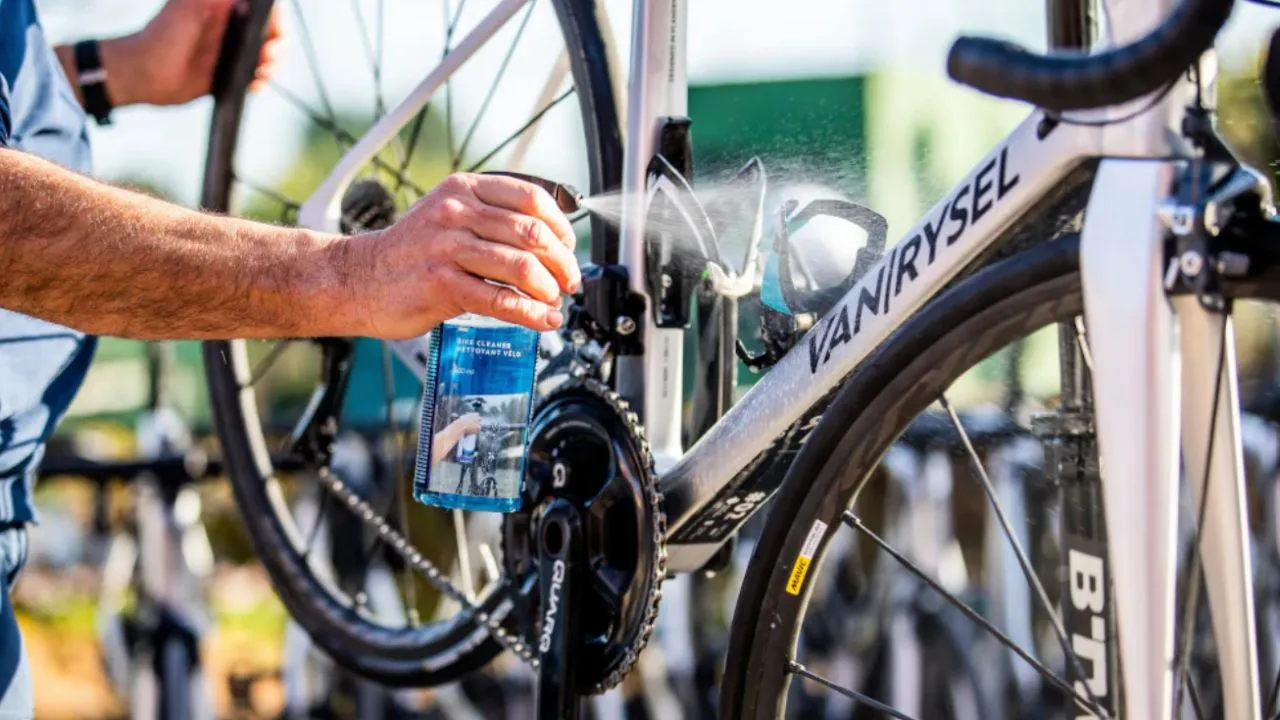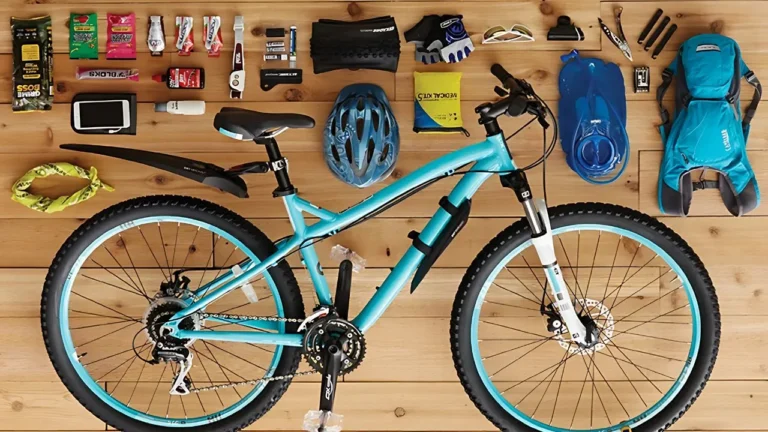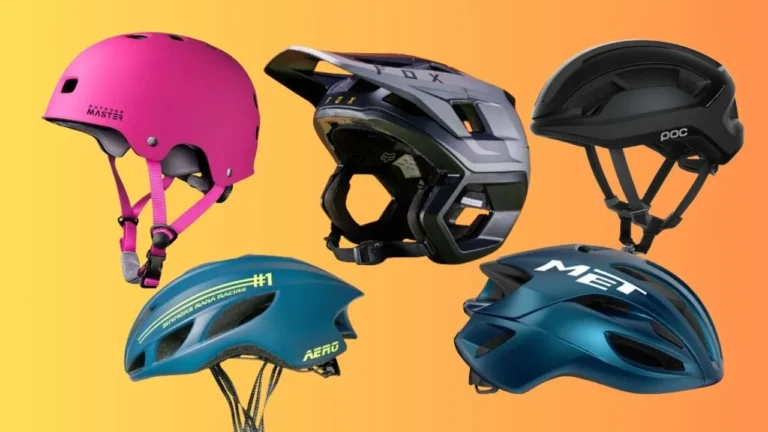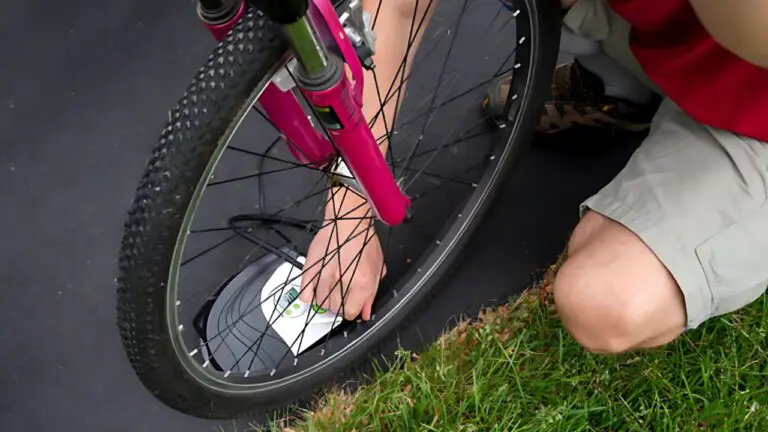How to Maintain a Road Bike at Home: A Step-by-Step Guide

Learn how to maintain your road bike at home with this comprehensive guide. Discover step-by-step tips for cleaning, lubricating, adjusting brakes, checking tire pressure, and more to keep your bike in top condition for smooth, safe rides.

Maintaining your road bike at home is essential to ensure that it remains in top condition, prolonging its lifespan and giving you a smoother, more efficient ride. Regular maintenance can help prevent unexpected breakdowns, save money on repairs, and enhance your cycling experience. Whether you’re new to cycling or looking to sharpen your maintenance skills, this comprehensive guide will walk you through the essential steps for keeping your road bike in tip-top shape.
Why Bike Maintenance Matters
Proper bike maintenance:
- Increases the bike’s lifespan by reducing wear and tear.
- Improves performance, ensuring smoother rides and better handling.
- Enhances safety by keeping brakes, tires, and gears in good working condition.
- Saves money on costly repairs that arise from neglect.
Essential Tools You Need
Before diving into maintenance, gather the right tools:
- Bike stand (optional, but highly useful)
- Cleaning brushes and sponges
- Chain lubricant (wet or dry, depending on conditions)
- Degreaser (for the chain and drivetrain)
- Bike pump (with a pressure gauge)
- Tire levers (for tire removal)
- Multi-tool (with hex wrenches and screwdrivers)
- Torque wrench (for precise tightening)
- Old rags (for cleaning and wiping down)
1. Clean Your Bike Regularly
A clean bike is a happy bike! Dirt, grime, and road debris can affect the performance and longevity of your road bike. Aim to clean your bike after every few rides, especially if you’ve ridden in wet or muddy conditions.
Steps:
- Rinse the bike: Use a low-pressure hose or a bucket of water to remove loose dirt. Avoid using high-pressure sprays, as they can push water into bearings and seals.
- Apply bike cleaner: Spray a bike-specific cleaner or mild detergent on the frame and components. Avoid harsh chemicals like dish soap that can strip lubricants.
- Scrub with brushes: Use a soft brush for the frame and tougher brushes for the drivetrain. Focus on areas like the chain, derailleur, and cassette.
- Rinse and dry: Once cleaned, rinse off the soap and dry the bike thoroughly with a clean cloth.
2. Check and Lubricate the Chain
A well-lubricated chain is crucial for smooth pedaling and shifting. Chains attract dirt and grime, so regular cleaning and lubrication are essential to keep them running smoothly.
Steps:
- Clean the chain: Use a degreaser to remove old lubricant and grime. You can use a dedicated chain cleaning tool or a rag soaked in degreaser to scrub the chain.
- Wipe down the chain: After cleaning, use a dry rag to wipe off any excess degreaser.
- Lubricate the chain: Apply a small amount of chain lubricant (either dry or wet lube, depending on weather conditions) to each link. Let it sit for a few minutes to penetrate.
- Wipe off excess lube: Too much lubricant can attract dirt. Use a clean rag to wipe off any excess.
Pro Tip:
For dry climates, use a dry lubricant that won’t attract dust. For wet conditions, opt for a wet lubricant that can withstand moisture.
3. Check Tire Pressure
Maintaining the correct tire pressure is crucial for optimal performance and avoiding flats. Under-inflated tires can slow you down, while over-inflated tires can cause a rough ride and increase the risk of punctures.
Steps:
- Determine the correct pressure: Check the sidewall of your tire for the recommended PSI (pounds per square inch). Road bike tires typically range from 80 to 120 PSI, depending on your weight and the tire width.
- Pump your tires: Use a bike pump with a pressure gauge to inflate your tires to the recommended level. Check your tire pressure before every ride, especially if the bike has been sitting idle for a few days.
Pro Tip:
Regularly inspect your tires for wear and tear, such as cuts or embedded glass. Replace worn-out tires to avoid flats during rides.
4. Inspect and Adjust Brakes
Brakes are a key safety feature on any road bike, so it’s important to ensure they are working properly. Over time, brake pads can wear down, and cables can stretch, affecting braking efficiency.
Steps:
- Check brake pads: Look for signs of wear on your brake pads. If they are too thin (less than 3mm) or have worn unevenly, replace them.
- Adjust brake tension: If your brakes feel loose or the levers pull too close to the handlebars, adjust the brake cable tension. You can do this using the barrel adjuster near the brake lever or by tightening the cable at the brake caliper.
- Check brake alignment: Ensure that the brake pads make full contact with the rim without rubbing the tire or being misaligned.
Pro Tip:
Test your brakes before every ride. If you notice squeaking or poor braking performance, it’s time for a deeper inspection.
5. Inspect the Drivetrain
The drivetrain includes the chain, cassette, crankset, and derailleurs. Keeping these parts clean and properly adjusted ensures smooth shifting and reduces wear.
Steps:
- Inspect the chain for wear: Chains stretch over time. Use a chain-checking tool to measure chain wear, and replace it if it’s worn beyond recommended limits (usually around 0.5%-0.75% wear).
- Clean the cassette and chainrings: Use a brush or rag to clean the cassette and chainrings. Remove built-up grime and dirt to ensure smooth shifting.
- Adjust derailleurs: If shifting feels sluggish or you’re experiencing chain skips, adjust the front and rear derailleurs using the barrel adjuster or limit screws.
Pro Tip:
Regularly check for any frayed or rusty cables that can affect shifting performance. Replace cables if they show signs of wear.
6. Check and Tighten Bolts
Loose bolts can cause all kinds of problems, from strange noises to major mechanical failures. Regularly check all bolts on your bike, including the stem, handlebars, seat post, and crank arms.
Steps:
- Use a torque wrench: Some bolts, especially those on carbon bikes, need to be tightened to specific torque settings. A torque wrench ensures that you don’t over-tighten and damage components.
- Check for looseness: Ensure that all bolts are snug and secure. Pay special attention to critical areas like the handlebars, saddle, and pedals.
Pro Tip:
Over-tightening bolts can damage parts, especially on lightweight carbon frames. Always refer to your bike’s manual for the recommended torque settings.
7. Inspect the Wheels
Wheels are critical to the overall performance and safety of your bike. Regularly checking them ensures that they stay true (straight) and free from damage.
Steps:
- Check for trueness: Spin the wheel and watch for any wobbling or rubbing against the brake pads. If the wheel is out of true, take it to a shop or use a spoke wrench to adjust it.
- Inspect the spokes: Ensure that none of the spokes are loose or broken. Tighten any loose spokes using a spoke wrench.
- Check the hubs: Make sure the wheel hubs spin smoothly and there is no excessive play. If the hubs feel rough or loose, they may need to be serviced or adjusted.
8. Keep Your Bike Stored Properly
When not riding, store your road bike in a clean, dry place away from direct sunlight and moisture. Avoid leaving your bike exposed to the elements for extended periods, as this can cause rust and deterioration.
Final Thoughts
Maintaining your road bike at home may seem intimidating at first, but with the right tools and a little practice, you’ll be able to keep your bike in top condition. Regular cleaning, lubrication, and inspections are key to preventing issues and ensuring that your rides are always smooth, safe, and enjoyable. By following these maintenance steps, you’ll not only save money on repairs but also extend the life of your bike and improve your overall cycling experience.
Happy cycling!
More From Lets Read News Cycling:




